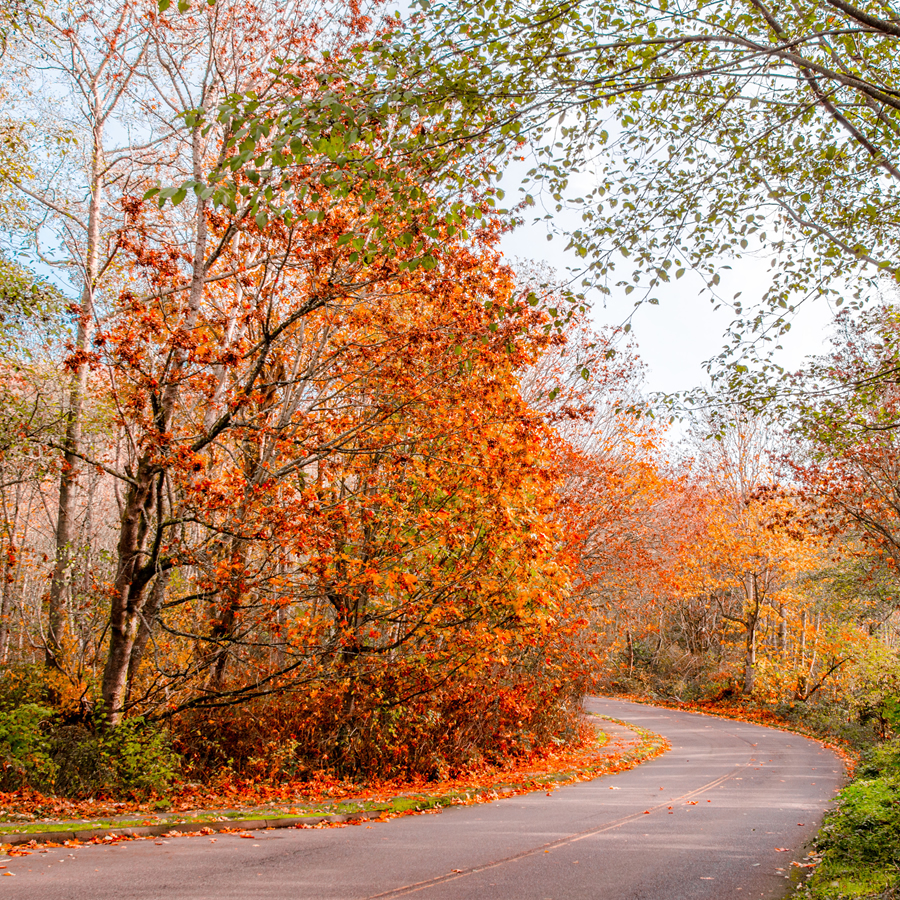Discovery Park - Olympic Mountains
Hard to beat on a sunny spring day, this former military installation has been transformed into a wild coastal park, laced with walking trails and offering glimpses of the Olympic Mountains across the water. It’s the largest green space in the Seattle, with 534 acres of forest, meadows, sand dunes and beaches, providing a welcome escape for locals and a vital corridor for wildlife.
History
Discovery Park is a relatively recent addition to the city landscape; it wasn’t officially inaugurated until 1973.
The peninsula occupied by the park was originally Fort Lawton, an army base established in 1897 to protect Seattle from unnamed enemies. Fort Lawton didn’t see much action until WWII, when it was used as barracks for troops bound for the Pacific theater. Over the course of the war it held up to 1400 German and Italian prisoners. When the fort was declared surplus property in the 1960s, the City of Seattle decided to turn it into a park, but various historic buildings from the fort remain.
Soon after the military officially pulled out in 2012, the old officers’ houses, many of which date from the early 20th century, were refurbished for private sale. Because all 26 buildings are on the National Register of Historic Places, the exterior architectural features have been kept intact. The first houses went on the market in 2015 with prices starting at around $800,000. Not surprisingly, there was a lot of interest.
Trails
For a map of the park’s trail and road system, stop by the Discovery Park Environmental Learning Center near the Government Way entrance. Here you can organize educational programs including Saturday nature walks, day camps for children and bird-watching tours. The main walking trail is the 3-mile-long Loop Trail, part of a 12-mile network of marked paths. Branch off onto the South Beach Trail descending down a steep bluff if you want to view the still-functioning West Point Lighthouse, a great spot for panoramic views of the Sound and mountains to the west. You can circumnavigate back round to the Loop Trail via North Beach. The park also has five miles of paved bike trails.
Seventeen acres in the north of the park are Native American land and home to the Daybreak Star Indian Cultural Center, a community center for the United Indians of All Tribes Foundation (UIATF), a confederation of the many Native American tribes in the Seattle area. Visitor facilities are limited, but the spot offers one of the best vistas of the Sound.
Wildlife
Wildlife is abundant in Discovery Park, particularly birdlife: 270 different species have been logged. At ground level, coyote, chipmunks and raccoons inhabit the woods, while offshore a marine park shelters sea lions and harbor seals. In 2009 both a lost black bear and a roaming cougar were spotted in the vicinity of the park…then safely relocated outside city limits.
Getting there
The park is located 5 miles northwest of downtown Seattle in the neighborhood of Magnolia. To get there, catch bus 33 from 3rd Ave and Union St downtown. A weekend-only free shuttle runs 10am to 6pm between the Discovery Park Environmental Learning Center and South Beach (by the lighthouse) in the summer (late May to early September).
Nearby restaurants
Discovery Park is wild – there are no food concessions or cafes. However, it’s a beautiful place to have a picnic. If you’re coming from Ballard, stock up at Cafe Besalu or grab some sandwiches at Un Bien. In Magnolia, the main shopping hub is on W McGraw St, between 32nd Ave W and 34th Ave W.

